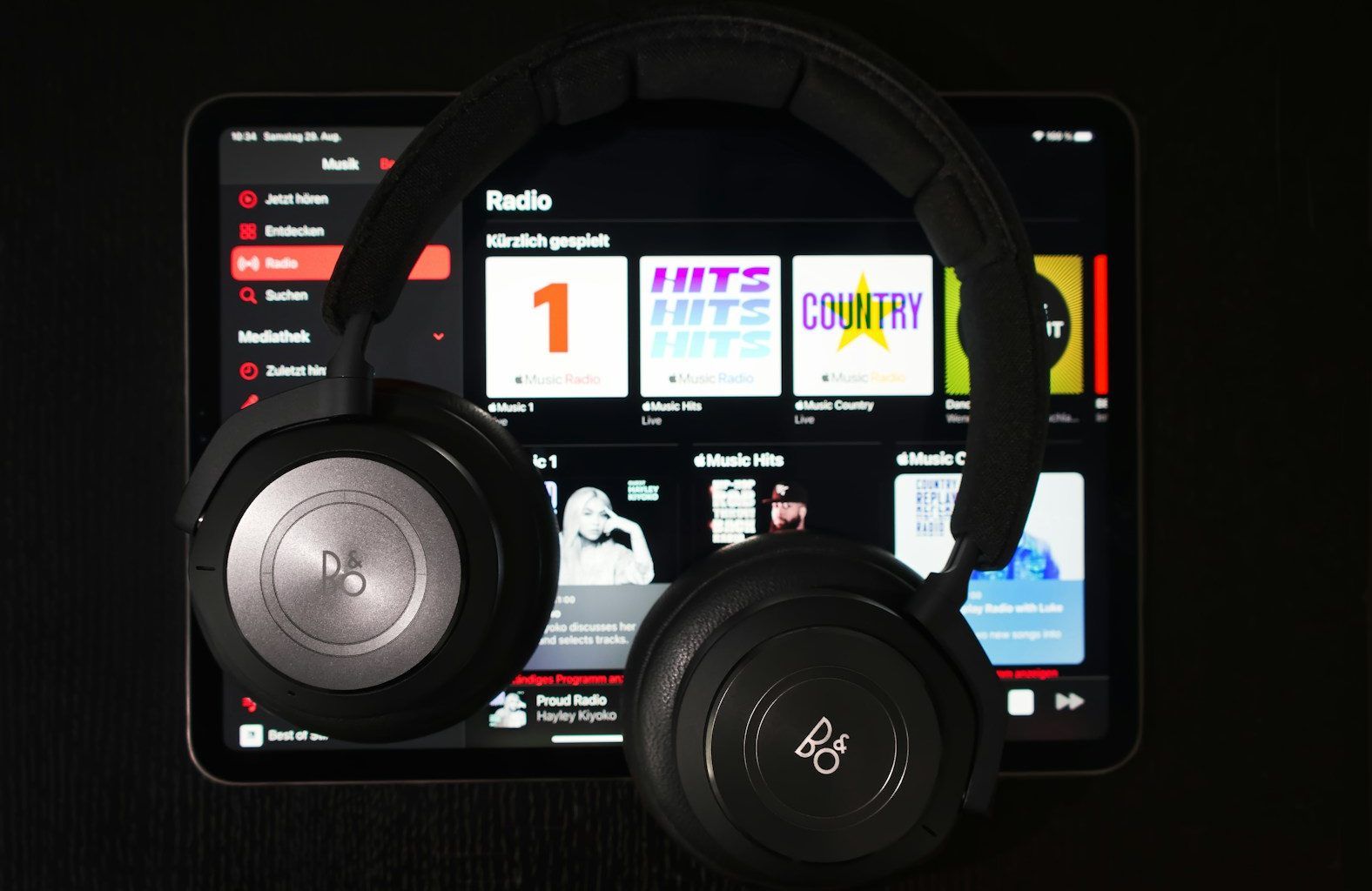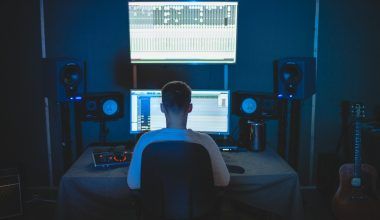If you’ve ever wondered how Apple Music categorizes albums, singles, and EPs, you’re not alone. Many artists and fans alike are curious about what defines an EP and, more specifically, the time range Apple Music uses to label a release as an EP. Let’s dive into this fascinating topic and break it down into simple, easy-to-understand terms.
To start, EP stands for “Extended Play.” It’s a term used in the music industry to describe a release that is longer than a single but shorter than a full album. On Apple Music, EPs typically have a specific time range and track count that help differentiate them from other types of music releases.
Why the Apple Music EP Time Range Matters
For artists, understanding the EP time range can be crucial. When you release music, you want to ensure that it’s categorized correctly. Mislabeling your work could affect how it’s displayed to listeners and even its discoverability in search results. For fans, knowing these distinctions can enhance your listening experience by helping you find music that fits your mood and time constraints.
On Apple Music, an EP usually includes between 3 to 6 tracks and has a total run time of 15 to 30 minutes. However, these numbers can vary slightly depending on the specific guidelines Apple Music follows. As a general rule, if your release doesn’t fit the criteria for an EP, it will likely be categorized as a single or an album instead.
How Apple Music Determines EP Length
Apple Music’s system relies on a combination of track count and total runtime to classify releases. This classification ensures consistency across the platform, making it easier for listeners to find what they’re looking for. For instance, if a release has 3 tracks but exceeds 30 minutes, it might be categorized as an album instead of an EP. Similarly, a release with 2 tracks under 15 minutes would likely be a single.
One key reason Apple Music has these guidelines is to ensure fairness for all artists. By standardizing these categories, the platform creates a level playing field where artists of all genres can compete for visibility and listener engagement.
The Impact of the EP Time Range on Artists
For emerging artists, releasing an EP is often the first step in building a fan base. It’s less time-consuming and expensive than producing a full-length album, but it’s more substantial than a single. Understanding Apple Music’s EP time range helps artists plan their releases strategically.
For example, let’s say you’re an indie musician preparing to release your first collection of songs. You have 5 tracks, each averaging about 4 minutes. That’s a total runtime of 20 minutes, which falls squarely within the EP category. Knowing this in advance means you can market your release as an EP, aligning with listener expectations and Apple Music’s algorithms.
Why Fans Should Care About EP Time Ranges
Listeners can benefit from understanding the Apple Music EP time range too. If you’re short on time but still want a meaningful music experience, EPs are a great choice. They offer a compact yet satisfying dive into an artist’s work. Plus, knowing the time range can help you quickly identify EPs while browsing Apple Music.
Imagine you’re looking for something new to listen to during a quick commute. Searching specifically for EPs ensures you won’t start an album you can’t finish or settle for a single that ends too quickly. This makes your listening experience more enjoyable and efficient.
How to Release an EP on Apple Music
If you’re an artist, releasing an EP on Apple Music involves several steps. First, you’ll need to create and finalize your tracks. Remember to keep the total track count and runtime within the EP range—3 to 6 tracks and 15 to 30 minutes. Once your music is ready, use a distributor to upload it to Apple Music. Distributors like TuneCore, DistroKid, and CD Baby make the process straightforward.
During the upload process, make sure to label your release as an EP. This ensures Apple Music categorizes it correctly. Double-check your metadata, including track titles, release date, and genre, to maximize your visibility on the platform.
Common Questions About Apple Music EP Time Range
1. What happens if my EP exceeds 30 minutes?
If your EP goes over 30 minutes or includes more than 6 tracks, Apple Music might classify it as an album. While this isn’t necessarily a bad thing, it’s something to keep in mind if you’re aiming for the EP label.
2. Can I release a single with more than one track?
Yes, you can. However, if your release has multiple tracks and exceeds the single time range (typically under 10 minutes), it might be categorized as an EP or album instead.
3. Do Apple Music’s EP guidelines differ from other platforms?
Slightly. While many platforms have similar criteria, the exact time range and track count can vary. It’s always a good idea to check the specific guidelines for each platform you plan to use.
EPs vs. Singles vs. Albums: Key Differences
Understanding the differences between EPs, singles, and albums can help both artists and listeners. Singles are the shortest releases, usually featuring one to two tracks and running under 10 minutes. EPs, as mentioned, fall between 15 to 30 minutes with 3 to 6 tracks. Albums are the longest format, typically including 7 or more tracks and exceeding 30 minutes in total runtime.
These distinctions aren’t just technical; they also influence how music is marketed and consumed. EPs often serve as a teaser for an upcoming album, while singles are designed for quick, widespread appeal. Albums, on the other hand, offer a deeper dive into an artist’s creative vision.
Tips for Creating a Successful EP
If you’re an artist planning to release an EP on Apple Music, here are some tips to make it stand out:
- Focus on Quality Over Quantity: With only 3 to 6 tracks, every song counts. Make sure each one showcases your best work.
- Tell a Story: Use your EP to create a cohesive narrative or theme. This can make your release more memorable and engaging.
- Invest in Cover Art: Eye-catching visuals can attract listeners and set the tone for your music.
- Promote Strategically: Use social media, email newsletters, and live performances to build hype for your EP.
The Future of EPs on Apple Music
As music consumption continues to evolve, the role of EPs on platforms like Apple Music is likely to grow. With the rise of streaming, listeners are seeking shorter, more curated music experiences. EPs fit this demand perfectly, offering a middle ground between singles and albums.
For artists, EPs provide a cost-effective way to stay active and engage with fans. They’re also an excellent tool for experimenting with new sounds and styles without committing to a full album.
Conclusion
Whether you’re an artist planning your next release or a fan exploring new music, understanding the Apple Music EP time range is invaluable. It helps ensure music is categorized correctly, enhances discoverability, and improves the overall listening experience. By keeping these guidelines in mind, you can make the most of what Apple Music has to offer.
For further reading, explore these related articles:
- Circles Post Malone Lyrics – A Song About Love, Loss, and Life
- Billie Eilish’s Big Moment at the Oscars 2022: A Night to Remember
For additional resources on music marketing and distribution, visit DMT Records Pvt. Ltd..






